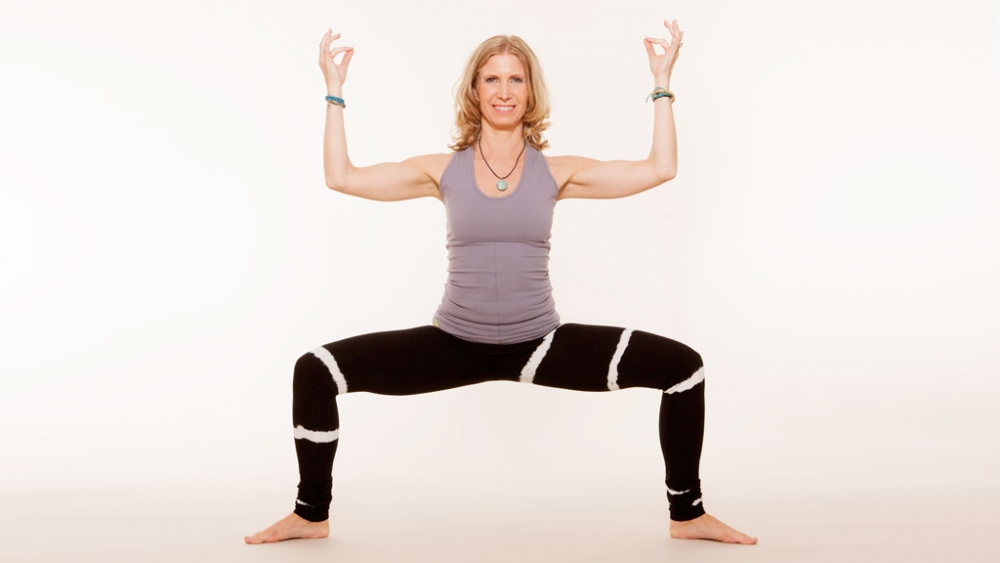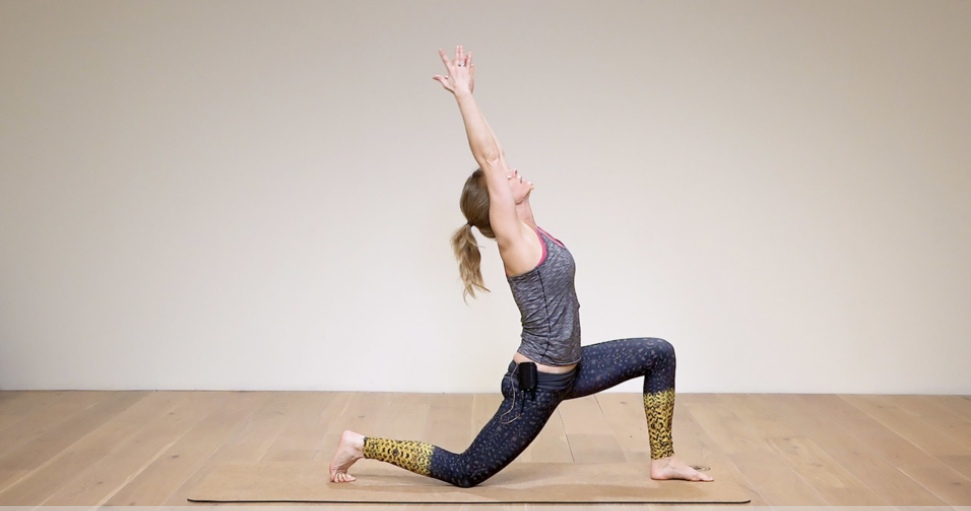The power of opposites
To create equilibrium in our yoga practice and in our lives, it’s helpful to observe the power of opposites. Yin and Yang, ebb and flow, contraction and expansion, effort and surrender… Recognising and honouring the qualities and benefits on each side of the spectrum can help us find balance and unity between them. Sun Salutations are known as a yang practice, related to activity, heat and light. Moon Salutations have more Yin-like qualities – receptive, meditative and cooling. Although yin and yang represent seemingly opposite principles (dark and light, day and night, passivity and activity etc), they are utterly interdependent. In the same way, although Sun and Moon salutation sequences embrace different qualities, they complement each other perfectly.
The yogic term Hatha also reflects these individual yet interconnected qualities – Ha referring to the warming, active energy of the sun and tha – the cooling, receptive elements of the moon. Hatha yoga, therefore, seeks to unify these apparently opposing elements, creating harmony and balance.
Although Sun and Moon Salutation sequences embrace different qualities, they complement each other perfectly.
Sun Salutations awaken
Sun Salutations are often practiced at the start of a yoga class, to awaken the body and create energy and heat. The modern interpretation of Surya Namaskar (which translates as ‘salute to the sun’) is a dynamic sequence of poses. On a physical level this sequence builds stamina and strength and connects fluid movement with breath. Symbolically, the sequence offers gratitude to the sun for the energy and light it provides for all life on earth.
Try a Sun Salutation sequence with breath guidance here.
Moon Salutations soothe
Like Sun Salutations, Moon Salutations can be included as part of a longer class or by themselves. They are especially nice to do in the evening to calm and soothe the body. The meditative, calming quality of the poses helps to form a strong connection to the breath, preparing the body and the mind for a restful night’s sleep.
Benefits
The Moon Salutation sequence focuses mainly on the lower body, so it’s great for people who want to avoid bearing weight on their arms. There are also many physical benefits to the practice. The sequence stretches and strengthens all of the major muscle groups. It aids flexibility and increases the functioning and balance of the respiratory, circulatory and digestive systems.
Moon Salutations sequence
Like Sun Salutations, there are many variations of the Moon Salutation sequence. In the version I describe below, (click here for a photo sequence) we face the long edge of the mat, moving first to the right and then to the left. I like to imagine that the side stretches and circular motion of the sequence represent the waxing and waning phases of the moon.
Step by step guide with breath
Stand in Tadasana, in the center of your mat facing the long edge. Close your eyes and draw the focus inwards. Pause for a moment, perhaps reflecting on what the moon means to you and to the earth…
- Urdhva Hastasana / Upward Salute: Open your eyes, inhale and extend your arms outwards and upwards, interlacing your fingers, index fingers pointing skywards.
- Standing Crescent Pose: Exhale and bend to your right. Inhale to center and exhale and bend to your left. Inhale back to center.
- Goddess Pose: Exhale, step the feet apart, toes pointing slightly out. Come into a squat, keeping the knees in line with ankles. Arms bend at the elbows to a 90-degree angle.
- Trikonasana / Triangle Pose: Inhale and turn both feet to the right, arms outstretched and parallel to the floor. Exhale, extend torso towards the right. Lower the right hand to ankle or shin and reach the left arm to the sky. Inhale and rotate the chest to the sky.
- Parsvottonasana / Pyramid Pose: Exhale, take your left arm down to frame right foot with the right hand, rotate the back foot even further and fold over your right leg.
- Lunge over right foot: Inhale, step the left foot back and bend the right knee coming into a lunge.
- Skandasana / Wide legged squat over right leg: Exhale, bring both hands to the floor to the big toe side of your right foot. Turn inwards on the ball of the right foot and rotate your body to the front of the mat. Left leg is extended, toes point to the ceiling.
- Goddess Pose: Inhale, come back to a squat in the center of your mat – Goddess pose with hands in prayer position. Exhale – knees in line with ankles, back straight, chest lifted.
Now turn towards the left leg and ‘rewind’ the poses we have done:
- Skandasana / Wide legged squat over left leg
- Lunge over left foot, right leg steps further back, both hands framing the left foot.
- Parsvottonasana / Pyramid Pose: exhale, right foot steps in a little, left leg straightens, level the hips and come into Parvsottonasana folding over the left leg.
- Trikonasana/ Triangle Pose: Inhale, right foot readjusts and right arm extends upwards, rotate your chest to the sky. Exhale.
- Goddess Pose: Inhale step the feet wide, toes pointing slightly out. Exhale, bend the knees and come into Goddess pose squat.
- Urdhva Hastasana / Upward Salute: Inhale, step the feet back in, arms up towards the sky, hands clasped, index fingers extending.
Then we repeat the sequence above but this time bending to the left in Standing Crescent pose.
Practice in class:
This variation focuses on a slow rhythmic flow, opening the side body, front body and back body. We move in a circular way from the front of the mat to the back of the mat, then back to the front again – repeating three rounds. Your body gradually opens more and more due to the repetition, and you’ll feel energised afterward but also very grounded.
Related:
- Moon Salutation sequence
- Balancing the Yin and Yang in your practice
- How to sync your yoga practice to the phases of the moon


